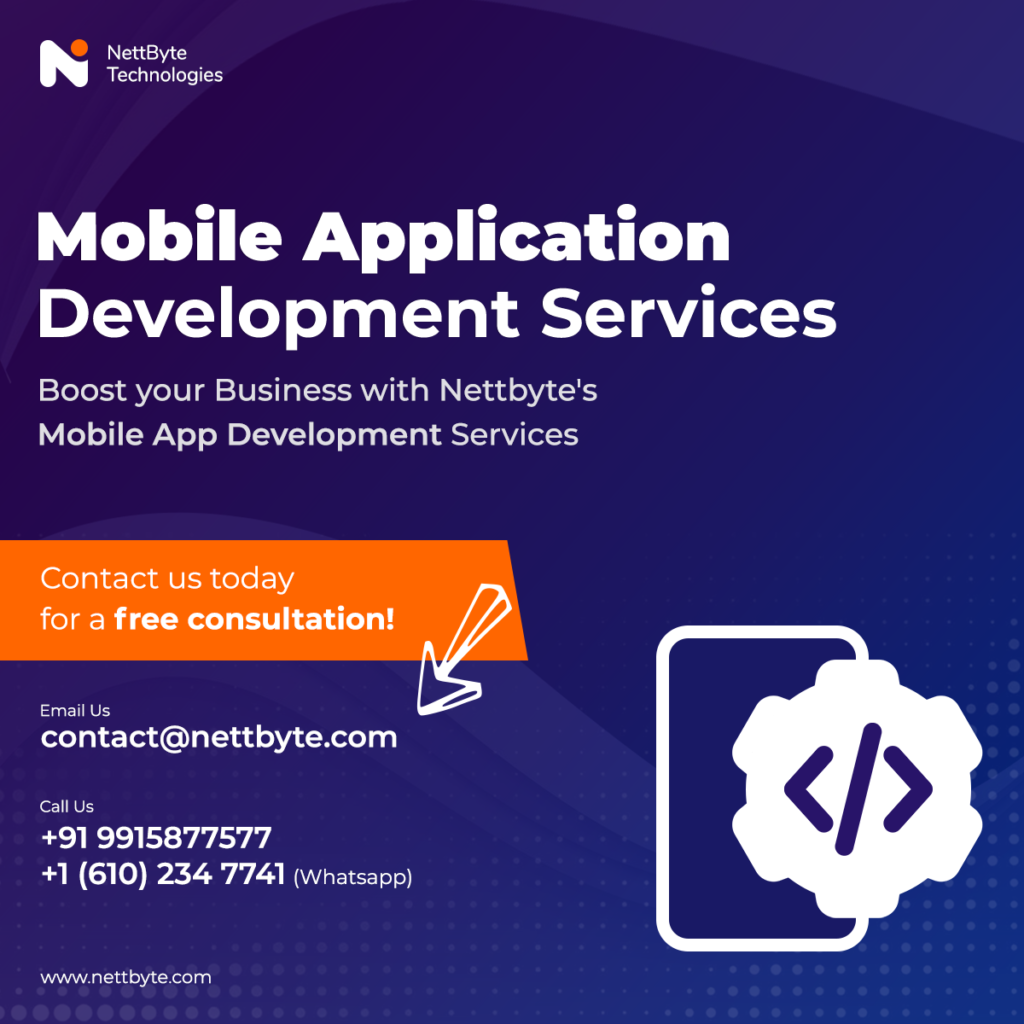In today’s rapidly evolving business landscape, having the right tools and solutions can make a world of difference. However, creating a budget for custom solutions can be a challenging endeavor. Whether you’re ready to invest in tailored technology or currently lack a substantial budget, there are steps you can take to manage your financial resources effectively. Additionally, recurring payments can offer a practical way to implement your custom solution while maintaining financial stability. Let’s dive into how you can create a budget for custom solutions and explore the benefits of recurring payments.
Creating a Budget for Custom Solutions:
1. Assess Your Needs:
Begin by understanding your business’s unique requirements. Evaluate what problems or inefficiencies you’re aiming to solve with a custom solution. Identifying these pain points will guide your budgeting process.
2. Research Costs:
Gather information on the potential costs involved in developing and implementing a custom solution. This includes not only the initial development but also ongoing maintenance, updates, and potential integration costs.
3. Prioritize Features:
Determine which features are essential for your custom solution and which ones can be added in future phases. This approach can help you create a budget that aligns with your immediate needs while allowing room for expansion.
4. Obtain Quotes:
Consult with software development professionals to get accurate quotes for the development and implementation of your custom solution. These quotes will serve as the foundation of your budget.
5. Allocate Resources:
Based on the information gathered, allocate a portion of your budget to the development of the custom solution. Be sure to include not only the upfront costs but also a buffer for unexpected expenses.
6. Plan for Ongoing Costs:
Remember that custom solutions require maintenance, updates, and potential integration adjustments over time. Allocate a portion of your budget for these ongoing expenses.
What If You Don't Have a Budget?
1. Start Small:
If a significant budget isn’t currently feasible, consider starting with a minimum viable product (MVP). An MVP includes essential features to address your immediate needs and can be developed within a smaller budget.
2. Explore Financing Options:
Look into financing options such as business loans or lines of credit to secure the necessary funds for your custom solution. Many financial institutions offer tailored solutions for business technology investments.
3. Prioritize Revenue Generation:
If possible, allocate a portion of your revenue towards the development of the custom solution. This approach can help you gradually build the budget needed over time.
4. Benefits of Recurring Payments:
Recurring payments offer a flexible way to manage your budget while implementing your custom solution effectively:
Custom Software Development
1. Predictable Expenses:
Recurring payments allow you to anticipate and plan for expenses, making it easier to manage your cash flow.
2. Reduced Upfront Costs:
Instead of paying a lump sum upfront, recurring payments enable you to spread the costs over time, easing the financial burden.
3. Ongoing Support:
Many custom solution providers offer ongoing support, updates, and maintenance as part of their recurring payment plans, ensuring your solution remains up-to-date and functional.
4. Scalability:
Recurring payment plans can often be adjusted as your business grows, allowing you to scale your custom solution in tandem with your needs.
In conclusion, creating a budget for custom solutions involves careful assessment, research, and planning. While having a substantial budget is ideal, there are strategies you can implement if your resources are limited. Exploring financing options, starting small with an MVP, or allocating a portion of your revenue are all viable approaches. Additionally, the option of recurring payments can provide a manageable way to implement your custom solution without straining your finances. By understanding your business’s needs and exploring these budgeting strategies, you can successfully integrate a custom solution that aligns with your goals and capabilities.







